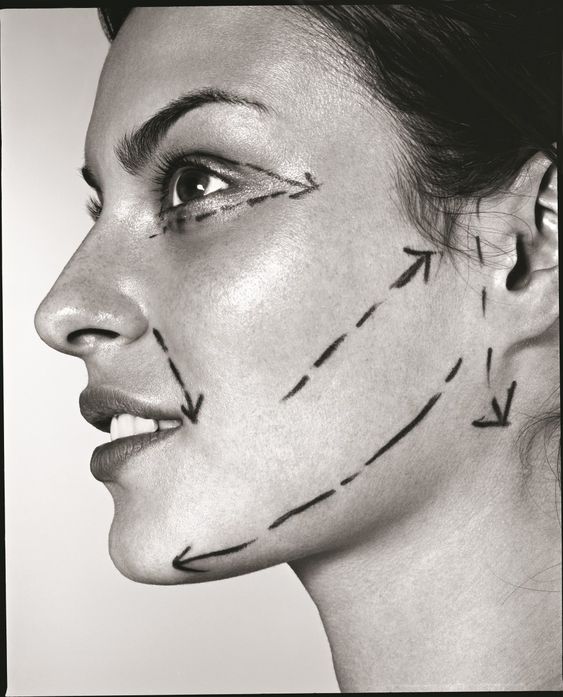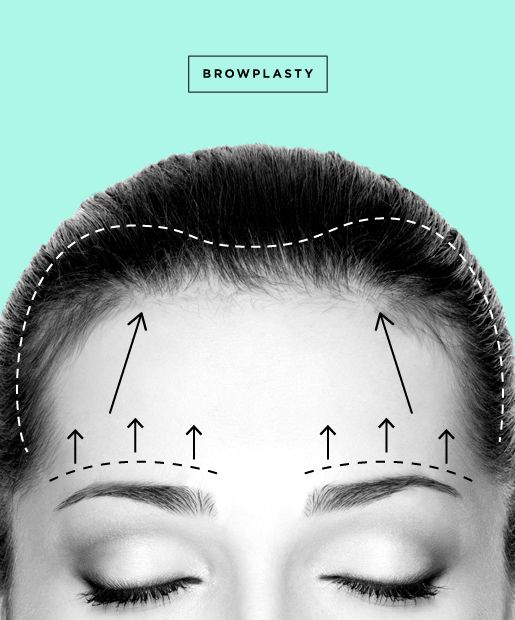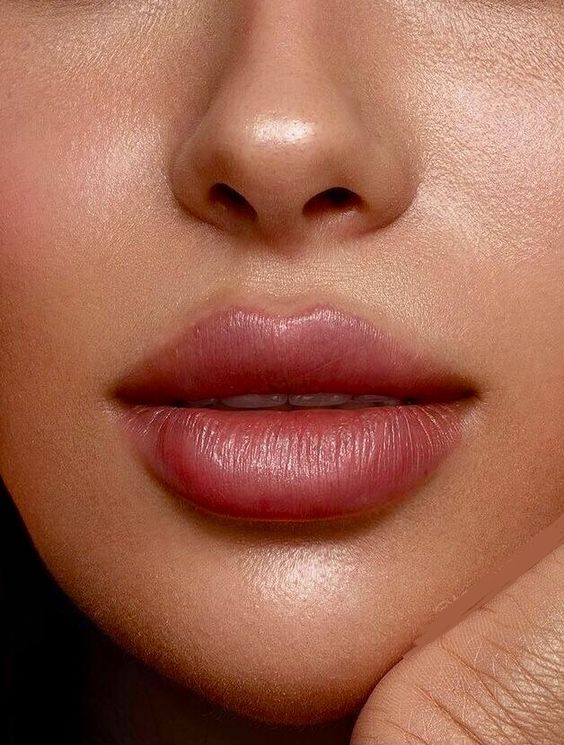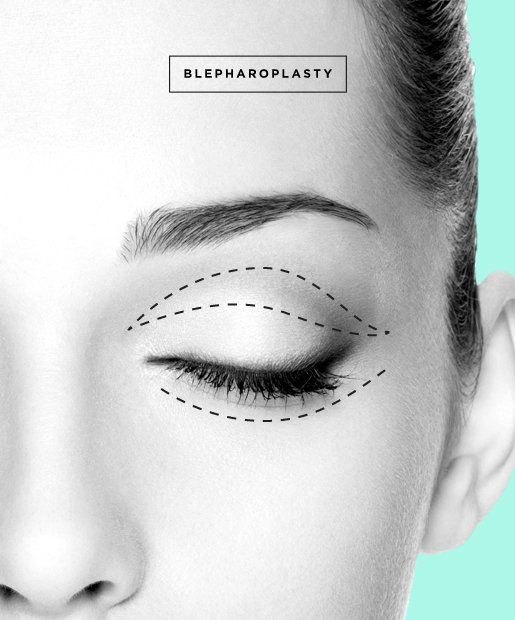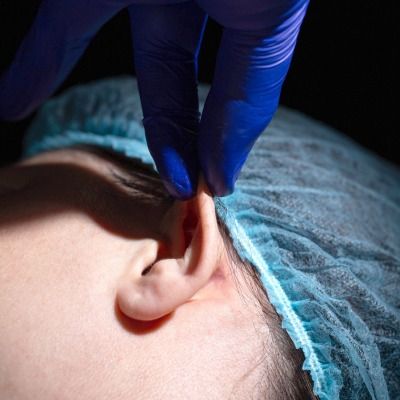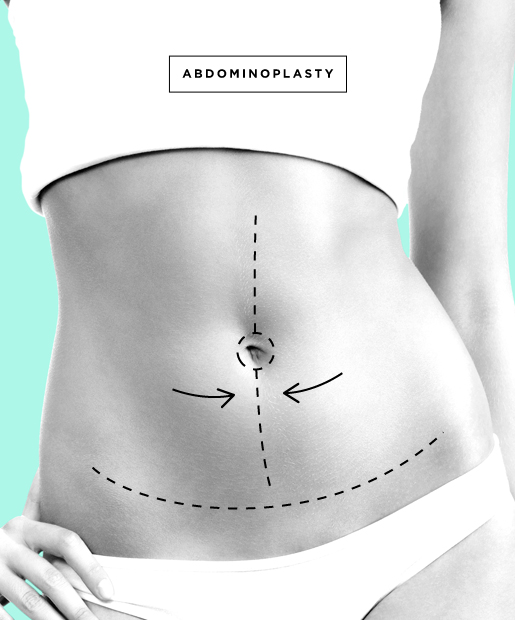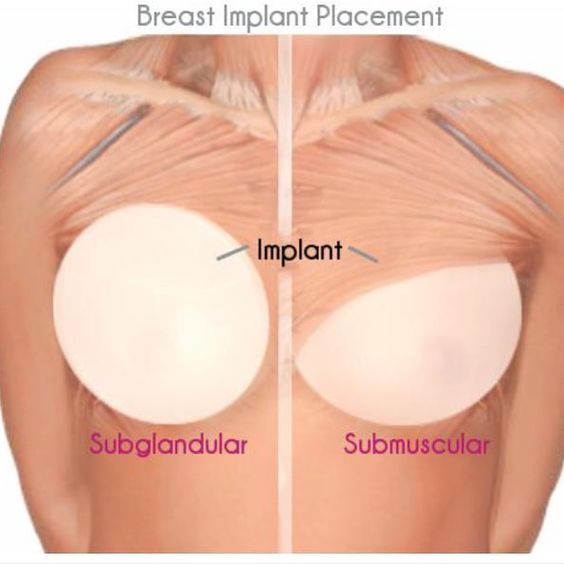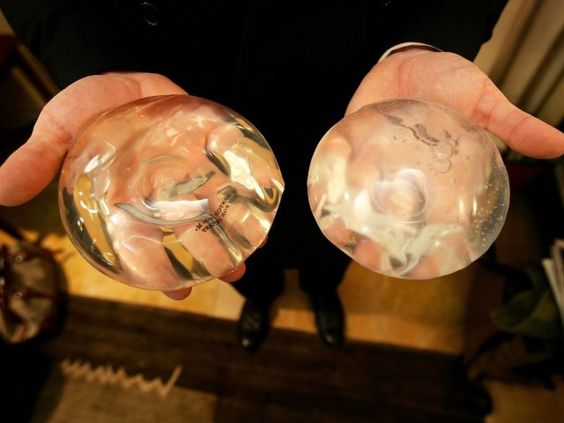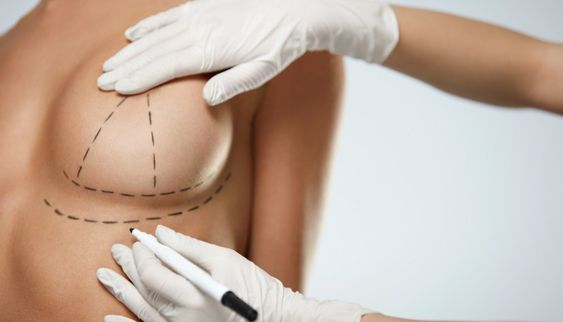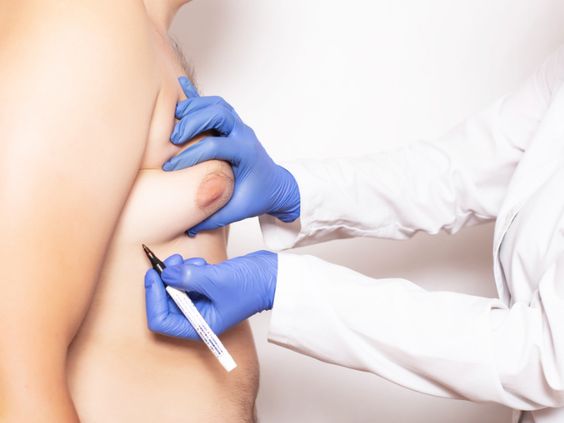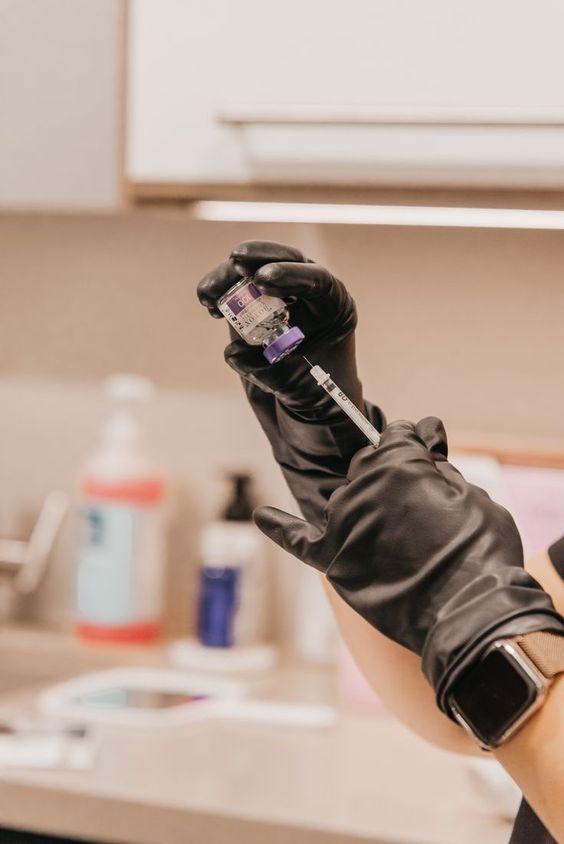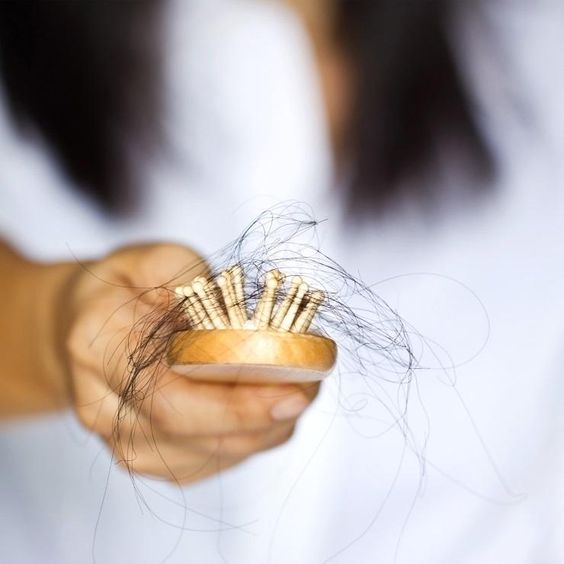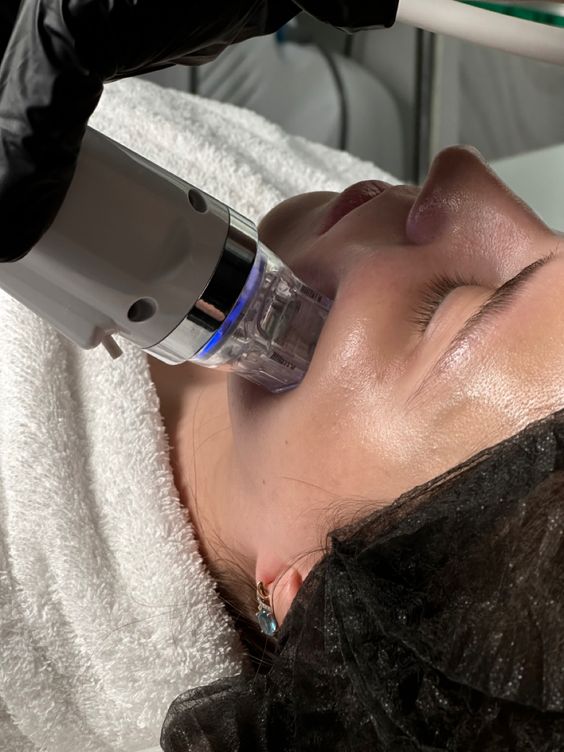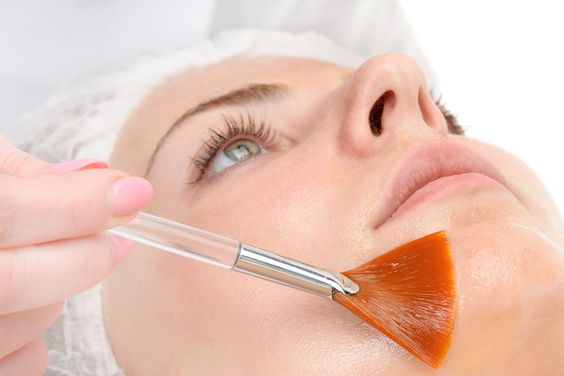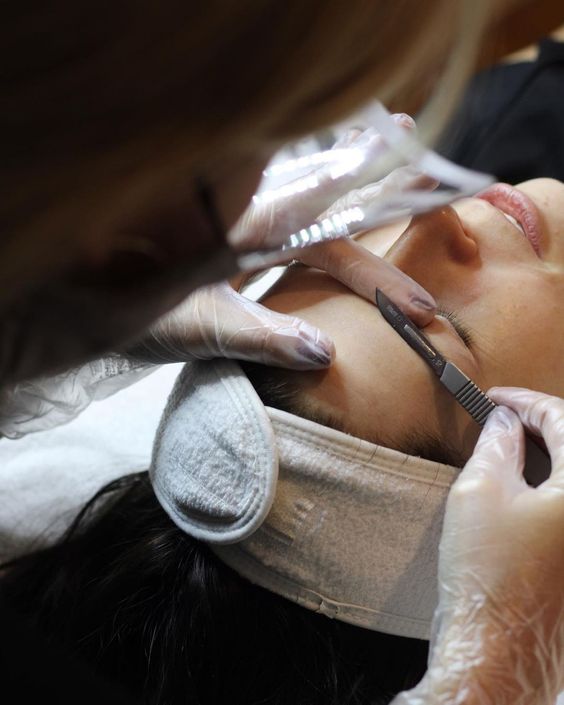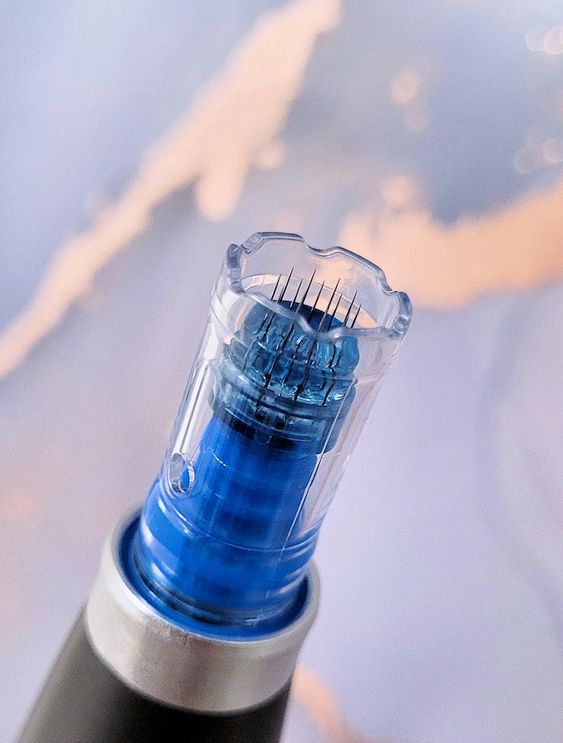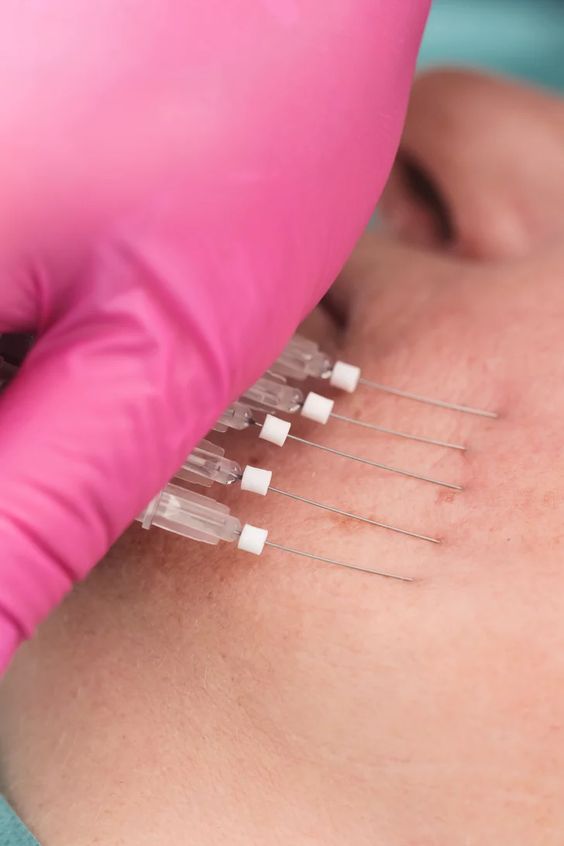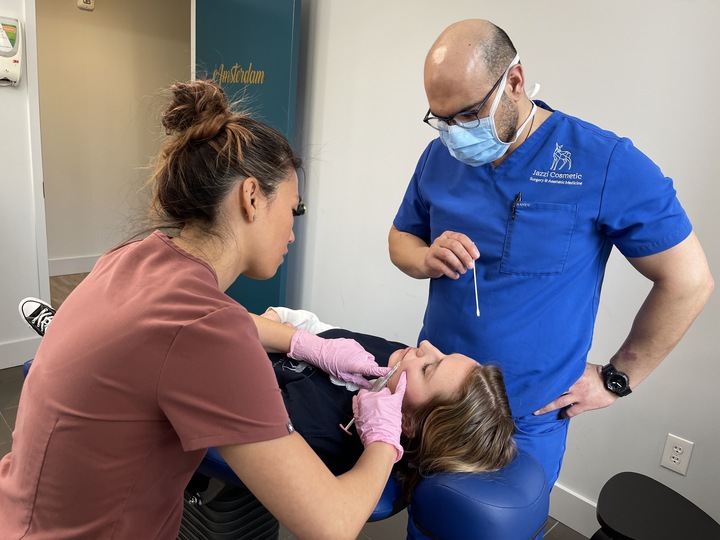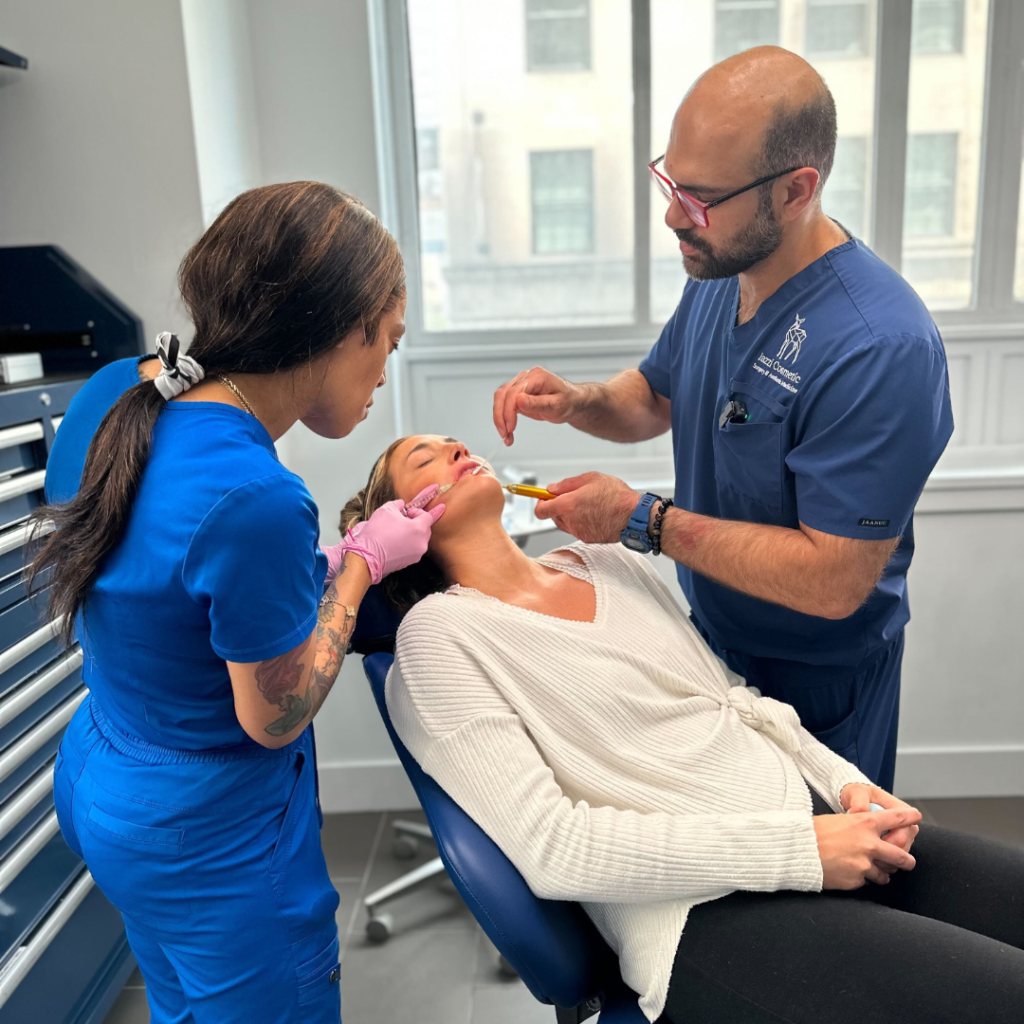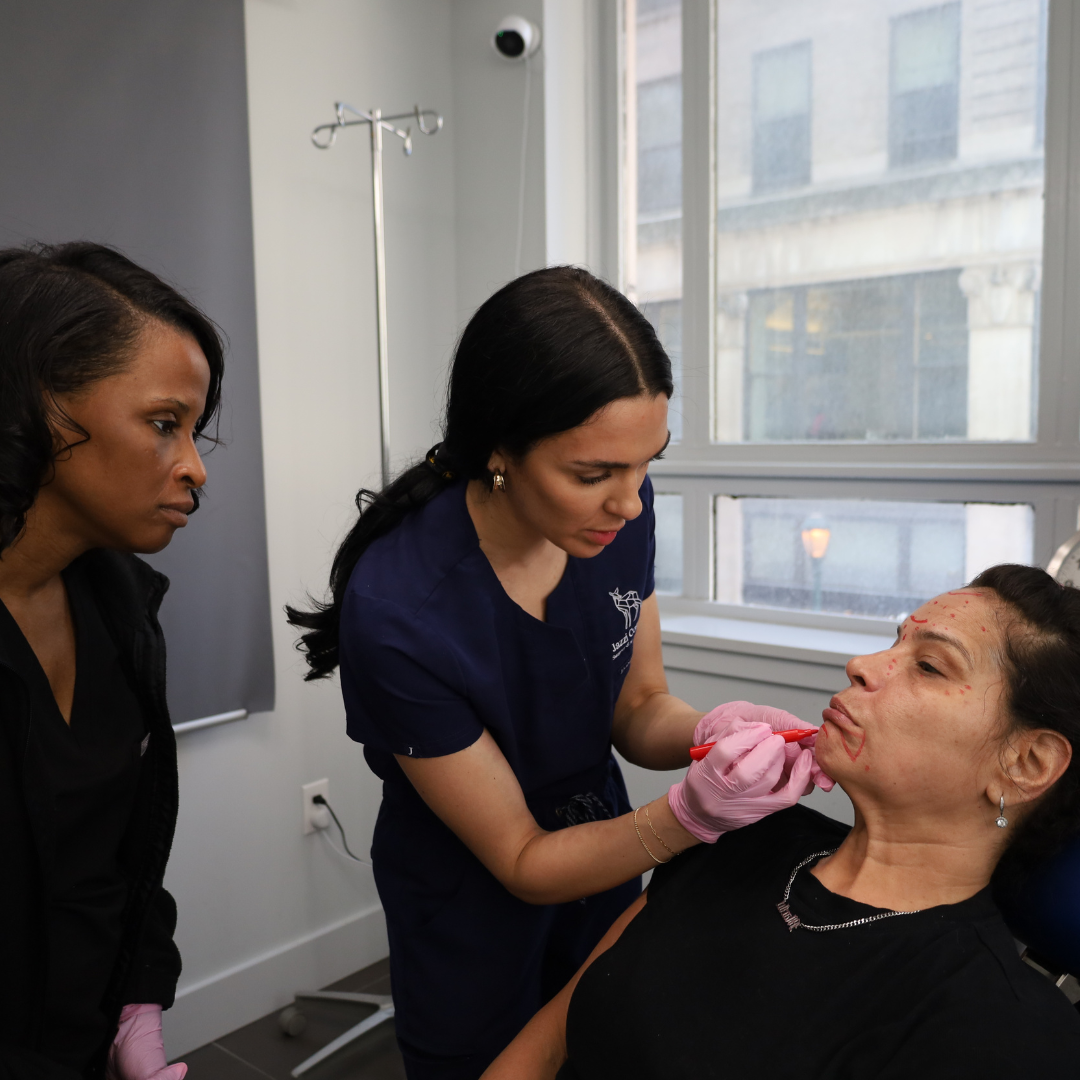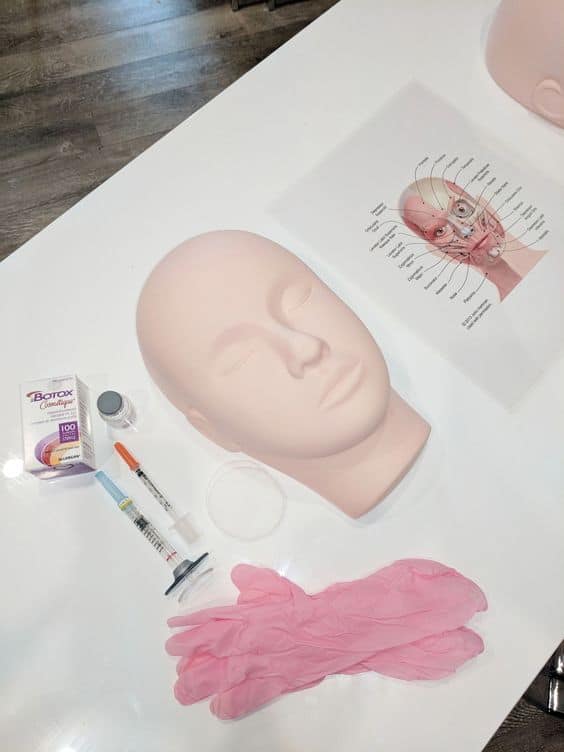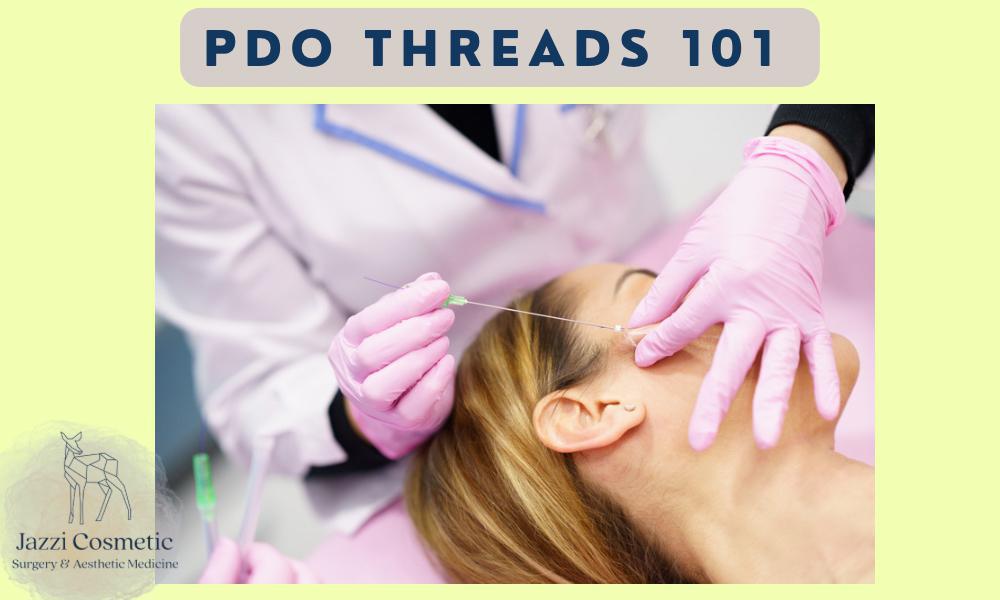Are you considering a facelift, but unsure about undergoing surgery? PDO threads may be the perfect alternative for you. PDO threads are a non-surgical facelift option that offers similar results without the recovery time and risks associated with surgery. This article will cover the basics of PDO threads, including how they work, the procedure itself, and what to expect after the treatment.
What are PDO threads?
PDO threads are a type of suture made from polydioxanone, a biodegradable synthetic polymer used in various medical procedures. These threads are designed to be inserted under the skin, where they help to lift and tighten sagging skin. They work by stimulating the production of collagen, a protein that gives skin its elasticity and firmness.
PDO threads come in various sizes and shapes, depending on the area of the face being treated and the desired results. They can be either smooth or barbed, with the latter providing more lift and support. PDO threads can also be used in combination with other non-surgical procedures, such as dermal fillers, for more comprehensive rejuvenation.

How do PDO threads work?
PDO threads work by creating a scaffold under the skin, which lifts and tightens sagging skin. The threads themselves are eventually absorbed by the body, but not before they stimulate the production of collagen. Collagen is a protein that gives skin its elasticity and firmness, and the increased production of collagen helps to restore the youthful appearance of the face.
PDO threads offer several advantages over traditional facelifts, including a shorter recovery time and fewer risks. They also allow for more targeted treatment, as the threads can be inserted precisely where they are needed. PDO threads are often used to treat sagging skin around the cheeks, jowls, neck, and eyebrows.
What happens during a PDO thread procedure?
A PDO thread procedure typically takes less than an hour to complete and can be performed under local anesthesia. The procedure itself involves inserting the threads under the skin using a needle or cannula. The threads are placed in a specific pattern to lift and tighten the skin, and then anchored in place.
After the procedure, patients may experience some minor swelling and bruising, but this typically resolves within a few days. Patients can return to their normal activities immediately after the treatment but should avoid strenuous exercise for a week or two.
Results and longevity
PDO threads offer immediate results, with patients noticing a lift and tightening of the skin right after the procedure. The results continue to improve over the following weeks as collagen production increases. The longevity of PDO thread results varies depending on several factors, including the patient’s age, skin quality, and lifestyle. In general, results can last from 6 months to 2 years.
The PDO Thread Procedure
The PDO thread procedure is a minimally invasive procedure that involves the insertion of threads underneath the skin. These threads are made of a biocompatible material called polydioxanone (PDO), which is commonly used in surgical sutures.
The procedure is performed under local anesthesia and involves the use of a very fine needle to insert the threads under the skin. Once the threads are in place, they are gently pulled to lift and tighten the skin. The threads also stimulate collagen production, which helps to improve the texture and tone of the skin over time.
Who is a Good Candidate for PDO Threads?
PDO threads are an excellent option for individuals who are looking for a non-surgical alternative to traditional facelift procedures. They are ideal for individuals with mild to moderate skin laxity and are not ready for more invasive surgical procedures.
Benefits of PDO Threads
PDO threads offer a number of benefits over traditional facelift procedures, including:
- Minimal downtime: Most patients are able to resume their normal activities within a day or two of the procedure.
- Minimal scarring: Since the procedure is minimally invasive, there is very little scarring associated with PDO threads.
- Natural-looking results: PDO threads create a natural-looking lift that is not overdone or obvious.
- Collagen stimulation: PDO threads stimulate collagen production, which helps to improve the texture and tone of the skin over time.
Risks and Side Effects
As with any medical procedure, there are some risks and side effects associated with PDO threads. These may include:
- Bruising and swelling: Some patients may experience bruising and swell around the treatment area, which usually resolves within a few days.
- Infection: There is a small risk of infection with any procedure that involves breaking the skin, but this is rare.
- Thread migration: In some cases, the threads may migrate or become visible under the skin. This is usually easily corrected by your healthcare provider.
Conclusion
PDO threads are an excellent option for individuals who are looking for a non-surgical alternative to traditional facelift procedures. They offer a number of benefits over traditional facelift procedures, including minimal downtime, minimal scarring, natural-looking results, and collagen stimulation.
If you are interested in PDO threads or any other cosmetic procedure, be sure to consult with a qualified healthcare provider to discuss your options and determine the best treatment plan for your needs. If you are located in Philadelphia, Pennsylvania, our cosmetic surgery practice would be happy to schedule a consultation with you to discuss PDO threads or any other cosmetic procedure you may be interested in.
5 Unique FAQs about PDO Threads
- How long do PDO threads last?
PDO threads typically last 6 to 12 months, although some patients may see results for up to 2 years.
- Is the PDO thread procedure painful?
The PDO thread procedure is performed under local anesthesia, so most patients do not experience any significant pain during the procedure.
2. Can PDO threads be used on other areas of the body besides the face?
Yes, PDO threads can be used on other areas of the body, such as the neck, arms, and abdomen, to provide lift and improve skin laxity.
3. Are there any restrictions on activities after the PDO thread procedure?
Most patients are able to resume their normal activities within a day or two of the procedure, although strenuous exercise should be avoided for a week or two.
4. Are PDO threads safe?
PDO threads are made of a biocompatible material that is commonly used in surgical sutures, and they have been used for many years with a high degree of safety and effectiveness. As with any cosmetic procedure, it’s essential to do your research before undergoing PDO thread treatment. Be sure to choose a board-certified cosmetic surgeon who has experience with this procedure and can answer any questions you may have.



